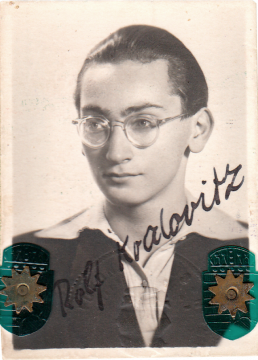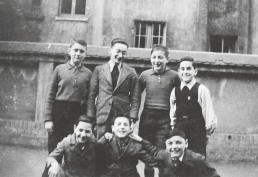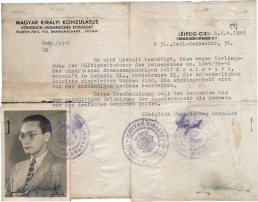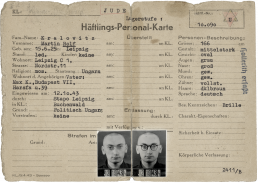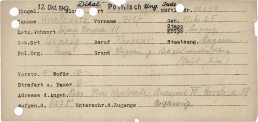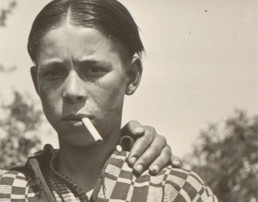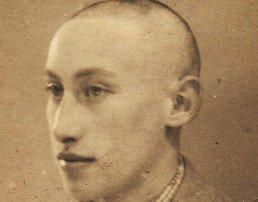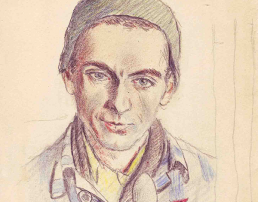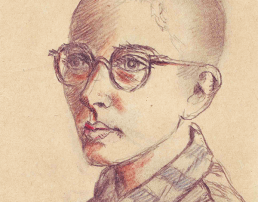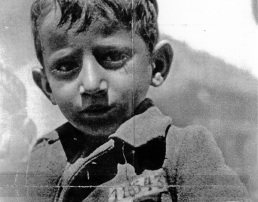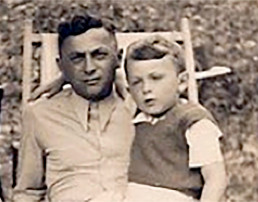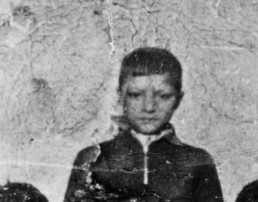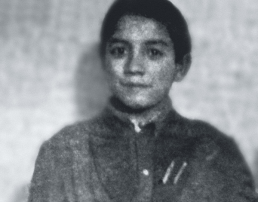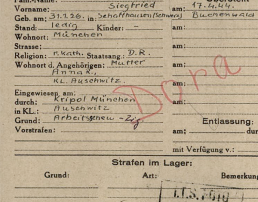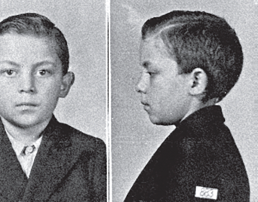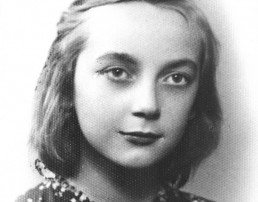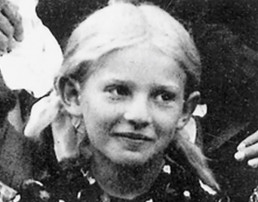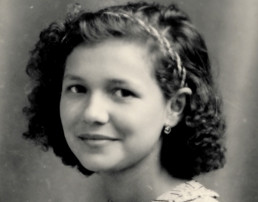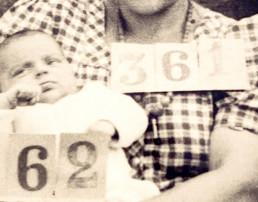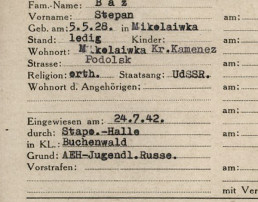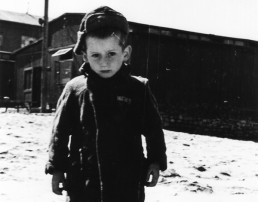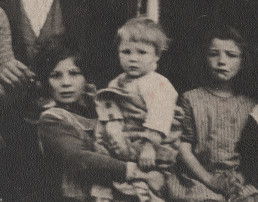Rolf Kralovitz
As a Hungarian Jew from Leipzig to Buchenwald
Rolf Kralovitz was born in 1925 and spent his childhood with his parents and his sister Annemarie in Leipzig. From 1935 onwards, his father lived in Hungary. The family was initially spared from the deportation of Jews from Leipzig to ghettos in occupied Eastern Europe, which began in 1942, because they were Hungarian citizens. In October 1943, however, Rolf, his mother, and his sister were arrested by the Gestapo. The mother and sister were deported to Ravensbrück and murdered there. The 18-year-old Rolf was sent to the Buchenwald Concentration Camp.
There, he was assigned to the bricklayers’ work detail and housed in Block 22 with other Jewish prisoners. He occasionally worked as a hairdresser for the SS and prisoner functionaries. On 11 April 1945, he was liberated.
In May 1945, Rolf Kralovitz returned to Leipzig, then moved to West Germany in 1946 where he became a well-known actor and author. He died in 2015 in Cologne.
Rolf Kralovitz as a 14-year-old (back row, second from left) with friends in the schoolyard of the Carlebach School, 1939.
Because he was forbidden to attend a public school, Rolf Kralovitz attended the Higher Israelite School in Leipzig, run by Ephraim Carlebach, beginning in 1935.
(Estate of Rolf Kralovitz)
Document certifying Rolf Kralovitz’ Hungarian citizenship, 6 April 1943.
Until the occupation of Hungary by the Wehrmacht (German armed forces) in the spring of 1944, Hungarian citizenship protected Jews from deportation to extermination camps. Max Kralovitz, Rolf’s father, had lived in Hungary since 1935, but was unable to bring his family to join him. In 1944, he was deported to Auschwitz-Birkenau and murdered.
(Estate of Rolf Kralovitz)
Buchenwald Concentration Camp prisoner registration file for Rolf Kralovitz, 12 October 1943.
On 12 October 1943, Rolf Kralovitz was registered as a Hungarian Jewish prisoner at the Buchenwald Concentration Camp, along with four other male Jews from Leipzig. The stamp Hollerith erfaßt indicates that his data was recorded in a punch card index used to organize the forced labor in the concentration camps.
(Estate of Rolf Kralovitz)
Registry sheet for Rolf Kralovitz from the office at the Buchenwald Concentration Camp, 12 October 1943.
The handwritten note “Dikal” was Gestapo shorthand for Darf in kein anderes Lager (May not go to any other camp). It was used for Jewish prisoners who were citizens of an allied or neutral country. The Gestapo wanted to retain access to these prisoners and prevent them from being transferred to other camps.
(Arolsen Archives)
